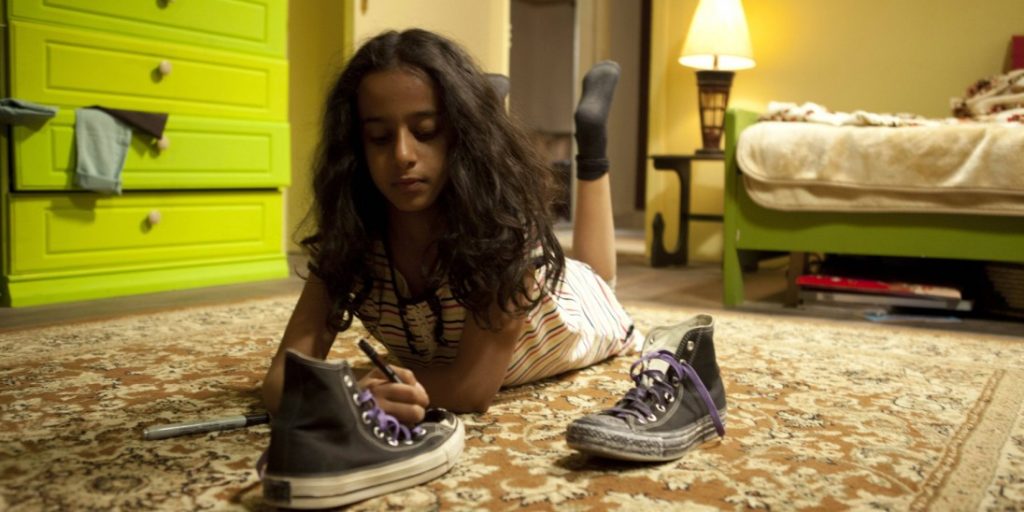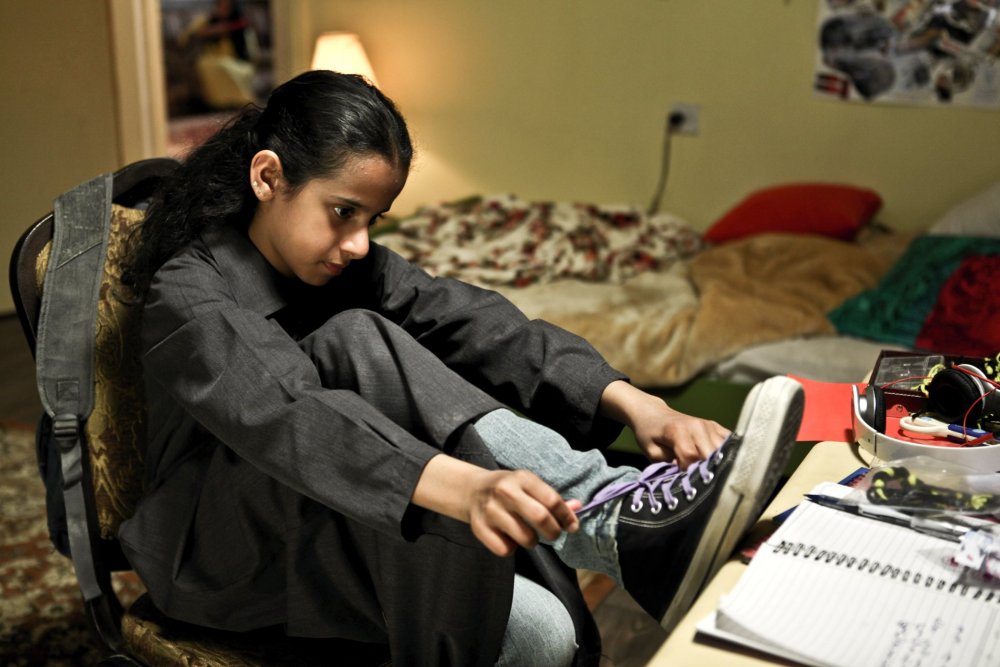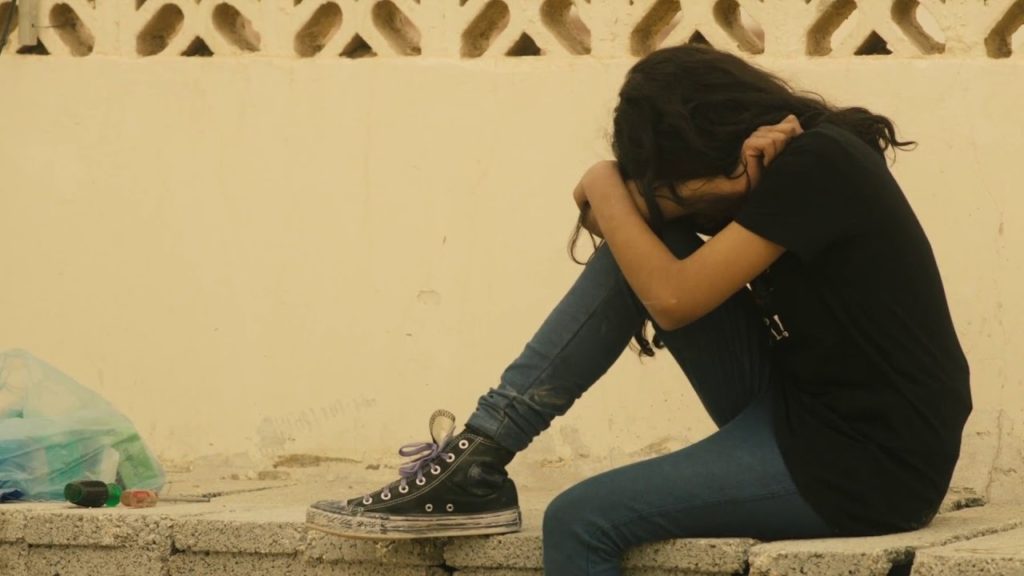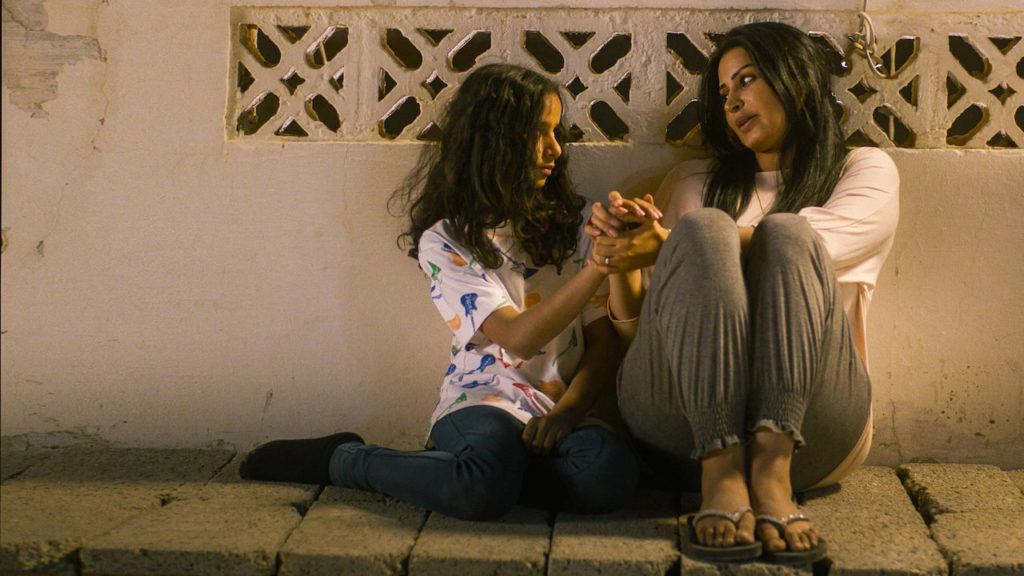Why 'Ambulance' is the Best Blockbuster to See this Year
Starring Jake Gyllenhall and Yahya Abdul-Mateen II, 'Ambulance' is a film not only about a bank heist gone wrong, but also about brotherhood.
Incluvie Foundation Gala - Learn More


First, I love the film, Wadjda (2012)for indulging in femininity. Wadjda reminds me of my younger self, who had wavy, untamed hair and preferred to wear sneakers over flats and heels. There was a time when the only fictional character that resembled me, physically, was Princess Jasmine from Aladdin (1992). We came from different backgrounds, but like me, Jasmine had long, flowing hair and the lightest brown skin. I didn’t have many female role models that had my type of hair or my skin color. As I watched Wadjda, I told myself, “where was this film when I was ten”. I kept imagining how great it would have been to meet a real-life Wadjda, we could have colored our sneakers together.

I may not be little anymore, but I could still relate to what Wadjda was experiencing. She’s under observation from her headmistress at school, her mom, and society itself. In the scene, where Wadjda is asked to wear plain black shoes, instead, of her purple converses, she compromised by coloring them black. What I love about this scene is, how Wadjda chooses to participate in her culture. There are moments when, she is told to behave a certain way, but Wadjda doesn’t let her country’s customs and traditions take away the part of her that makes her, Wadjda. This is where girl empowerment plays a role. In, Wadjda, the main character’s transgression from, not wearing black shoes, and not always covering her hair fully with the hijab, shows agency in women; the western narrative is quick to associate hijabs with oppression, but, in fact, hijabs can represent gender expression as well as spirituality.

I also felt that this film is about girlhood. I remember a scene where, Wadjda saw two older girls putting on blue nail polish, in a later scene, Wadjda also puts on blue nail polish on her toenails. The nail polish definitely symbolizes girlhood to adolescence, which is why the film indulges in femininity. Wadjda’s hair which is also tied to her femininity represents her free spirit. In the scene below, Wadjda’s mom catches her riding a bike, after this confrontation, Wadjda sobs because what’s the point of owning a bike if she couldn’t ride it? While this shot shows Wadjda in a vulnerable state, she is, nonetheless, a high-strong, rebellious girl, who doesn’t take no for an answer.

Another aspect of the film is the relationship between mother and daughter. There are times when Wadjda’s mom scolds her for wanting a bike, but her intentions are out of love. The only reason her mom wouldn’t buy her a bike is because Saudi Arabia’s society doesn’t allow girls to ride bikes. In the end, her mother bought her the bike because a parent’s true happiness is making their child happy. I’ve been empowered by Waad Mohammed’s performance as Wadjda, and I know, other girls will be too.

Related lists created by the same author
Starring Jake Gyllenhall and Yahya Abdul-Mateen II, 'Ambulance' is a film not only about a bank heist gone wrong, but also about brotherhood.
Related diversity category
In season 2 of “Never Have I Ever," Devi make many mistakes in a messier season that explores the complex lives of its diverse cast more in-depth than before.
Related movie/TV/List/Topic
While it is more than established that Halston’s life is far from a fairytale, the narrative suffers as a result of the decision to revolve more around sex and drugs than his artistry, it likely does a disservice to his cultural impact by pulling focus from his achievements.